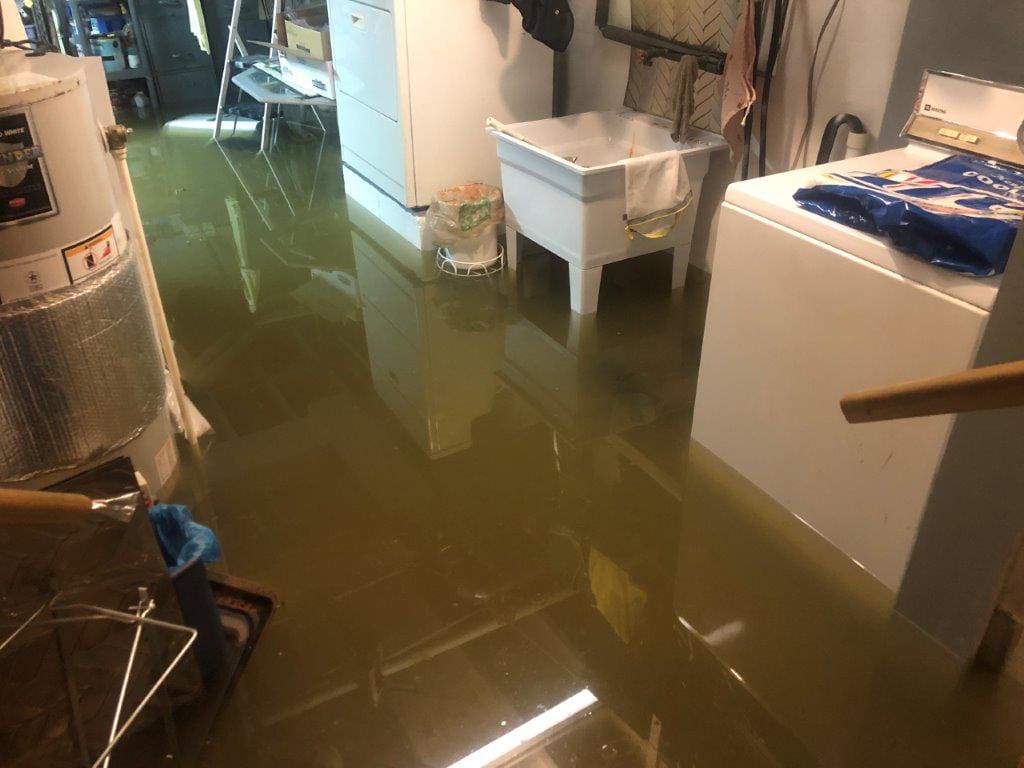Water damage is a major cause of loss for property owners. It affects the property in several ways, from rotting wood to attack by bacteria and mold. Fortunately, there are several ways to minimize the damage. To get started, you should check your insurance policy for coverage. You should also hire a professional restoration company to take care of the problem.
If you have experienced water damage in your home, you probably know what Class 3 water damage is. This level of water damage is severe and can affect the safety of individuals within the property. Fortunately, a professional water damage restoration company can handle this level of damage. If you leave the damage alone, it can become unsalvageable.
Water in Category 3 is unsanitary and can cause illness. It can come from a flood, a broken faucet, sewage, or even a malfunctioning water heater. It can also contain bacteria or fungi. These organisms can cause disease if ingested, making it important to call a water damage restoration company as soon as possible.
Class 4 water damage requires specialized water damage restoration and removal procedures. It can damage materials such as plaster, concrete, or hardwood floors. The restoration process for class 4 water damage may involve lower humidity levels, longer drying times, or specialized methods. Depending on the type of material, you may need to contact a restoration company to help you restore your home to its former glory.
While there are many factors that determine the type of water damage, it is important to know the details of your home’s water damage. Classification can influence insurance standards and the type of repairs that you’ll need. A qualified insurance professional can help you determine the correct type of water damage restoration for your home.
Class 4 water damage is the most severe category of water damage and can be the most difficult to deal with. This type of damage occurs when the basic structure of a property has been completely compromised. Typically, this type of damage results from a large flood or when a building is so saturated with water that it has lost structural integrity.
Class 4 water damage is characterized by materials that are low-porosity and require specialized remediation. These materials require special drying techniques, low humidity levels, and longer drying times. Depending on the amount of water and the location of the water damage, this type of water damage can lead to severe damage to materials.
In addition to the above-mentioned categories, category three water is highly contaminated and can cause illnesses if inhaled or contacted. It contains chemicals, heavy metals, and pathogenic agents. As a result, it is extremely important to thoroughly clean and disinfects the property. Depending on the nature of the water damage, it could even be contaminated with sewage.
If you have water damage in a building, you must call a professional immediately. Water damage in this category can quickly go from a minor flood to a major disaster, threatening the structure and property. In this situation, it is imperative to hire a water damage restoration company to completely dry the affected areas.
Water damage of different levels has different effects on different parts of a home. While some damage is minor, others damage is very severe. For example, a dishwasher overflow can result in a major flood. Or a broken kitchen pipe can cause water damage to Class 3. Either way, it requires professional help for water damage restoration.
A category three water damage is considered a major health risk. This type of water contains bacteria and other organisms and can cause serious illnesses. This type of water can come from flood water, sewage backups, or seepage. However, there are also gray water sources, which may not be harmful to humans. In either case, if the water is in your home, it is vital to remove the damaged items and disinfect the home to prevent further contamination.

